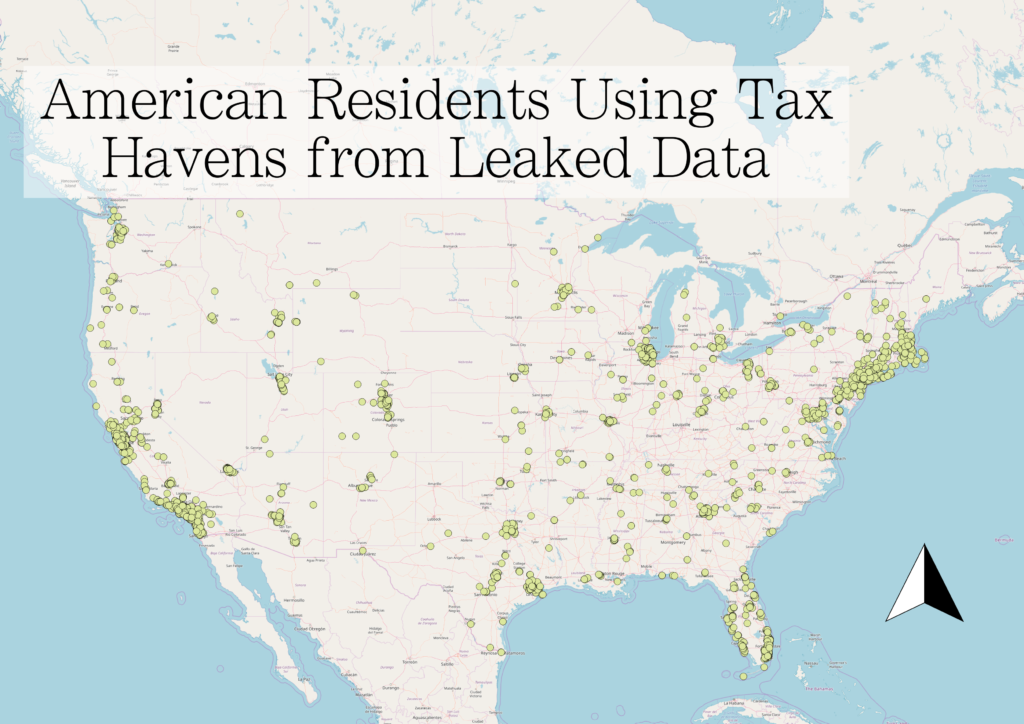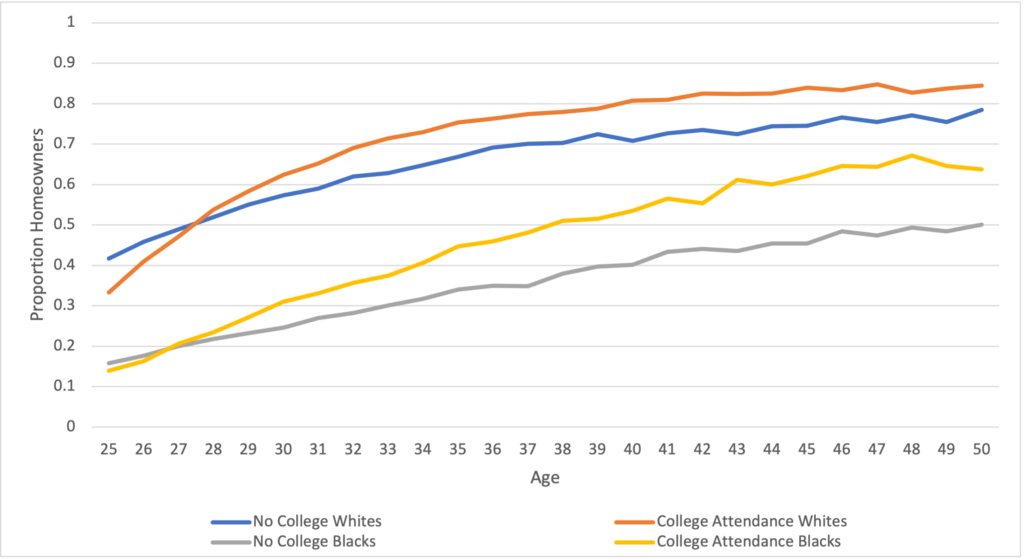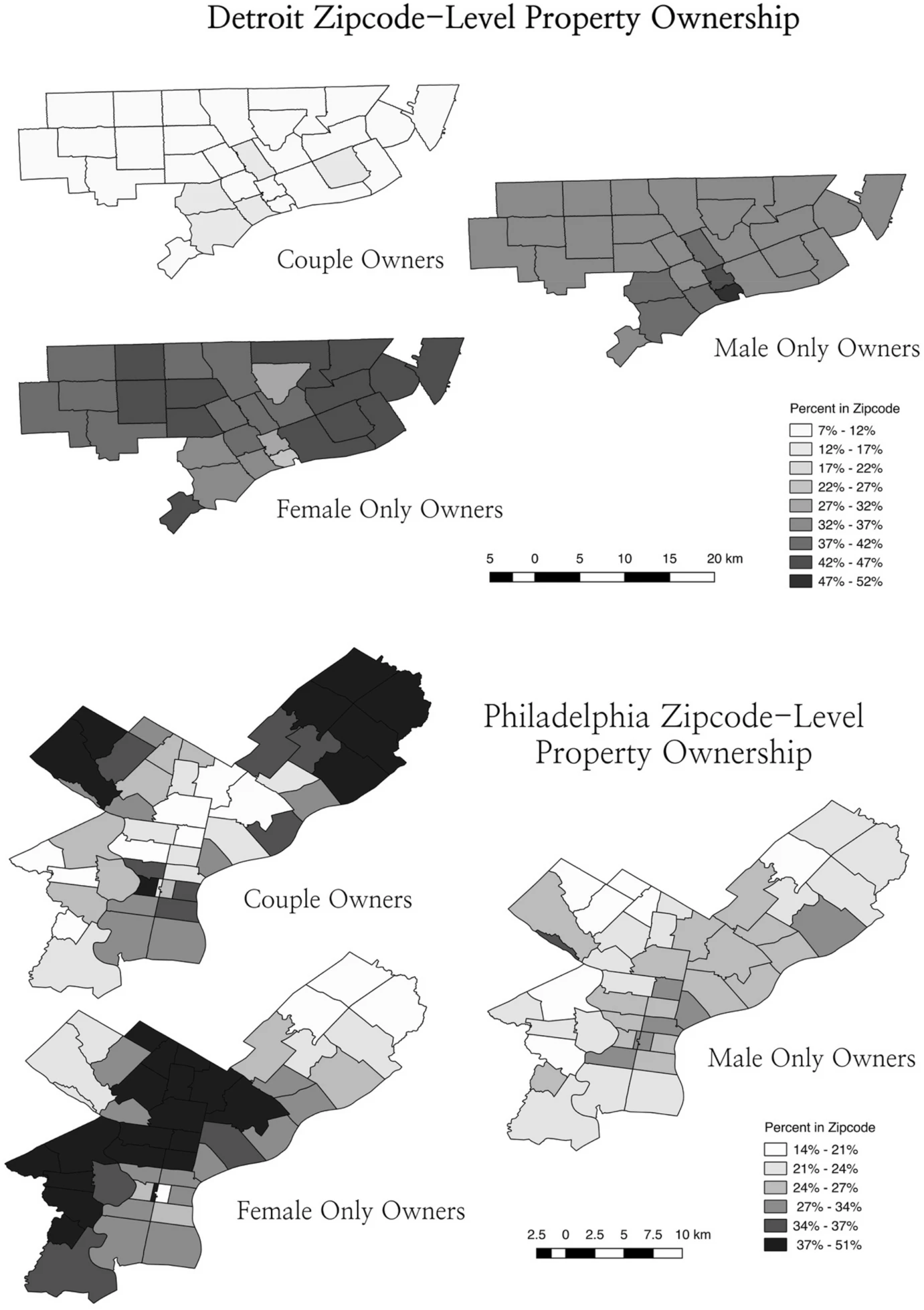Peer-Reviewed Publications
Shiffer-Sebba, Doron and Yossi Harpaz. (Equal authorship) “Anti-Social Capital: Community Cohesion and Tax Avoidance among American Elites”. Socius 10 (2024). (Article)

Studies of social capital usually emphasize its prosocial, deviance-reducing effects. In this article we explore its negative potential, exploring the relationship between different forms of social capital and tax avoidance by wealthy Americans, using data from the Panama Papers leaks. We demonstrate that communities with more civic organizations are more likely to have tax avoiders, that income inequality correlates with tax avoidance, and that more patriotic communities have lower tax avoidance. These findings empirically establish the concept of “negative social capital” and advance the distinction between bridging (or cross-group) social capital, which lowers deviance, and bonding (or within-group) social capital, which is actually associated with greater elite deviance.
Yoav Goldstein, Nicolas M. Legewie, and Doron Shiffer-Sebba. (Equal authorship) “3D Social Research: Analysis of Social Interaction Using Computer Vision”. Conditional Accept, Sociological Methods and Research.
You can learn more about 3DSR and see relevant graphics on this page.
Yaish, Meir, Doron Shiffer-Sebba, Limor Gabay-Egozi, and Hyunjoon Park. Online First. “Intergenerational Educational Mobility and Life Course Income in the US.” Social Forces. (Article | Code)

We investigate parental influence on children’s income throughout the life course. We use income trajectory models on the National Longitudinal Survey of Youth (also the PSID for robustness) to estimate the influence of parental education on children’s incomes at different ages, finding that higher parental education increases income later in the life course for men with the same education level. For women, only the lower-educated experience the effects of parental education—indicating that education is “equalizing” for higher-educated women. This project problematizes the “human capital” approach to compensation, which theorizes that education equalizes differences in parental background for all groups.
Shiffer-Sebba, Doron and Hyunjoon Park. Online First “Homeownership Trajectories over the Life Course”. Demographic Research. (Article)

Most homeownership research focuses on a snapshot in time. We model U.S. homeownership between the ages of 25 and 50 for the baby boomer cohort. Applying sequence analysis and latent class analysis to the Panel Study of Income Dynamics, we find that American baby boomers experienced three homeownership trajectories: consistent owners (47% of the population), consistent non-owners (25%), and late owners (27%). These homeownership trajectories are stratified by race and education such that even higher-educated Black individuals experienced lower homeownership probabilities than lower-educated White individuals across their life course.
Shiffer-Sebba, Doron & Julia Behrman. “Gender and Wealth in Demographic Research: A Research Note on a New Method and Application.” Population Research and Policy Review 40.4 (2021): 643-659. (Article | Code)

Estimates of homeownership typically rely on household surveys, which make it difficult to differentiate the wealth of different family members and to compare women and men. We investigate gender wealth inequality by using a novel application of a gender-estimating algorithm on names in administrative tax assessor data to estimate homeownership gender distributions in Philadelphia and Detroit. We find that sole-women owners are the largest group in both cities but that these women own lower-value properties in areas whose residents have lower education levels and lower incomes. The project revealed that existing approaches to estimating homeownership can be biased, overestimating the extent of dual homeownership over sole-male and sole-female ownership, with important implications for our understanding of within-family bargaining, control, and decision-making over household wealth.
Shiffer-Sebba, Doron. ”Understanding the Divergent Logics of Landlords: Circumstantial Versus Deliberate Pathways.” City & Community 19.4 (2020): 1011-1037. (Article)
* SSSP Conflict, Social Action, and Change Division Student Paper Award (2019)
Most research treats landlords as a homogenous group. I investigate the consequences of different pathways into becoming a landlord by interviewing Philadelphia landlords. I compare the practices of those who fell into renting out properties through circumstance (through family events like marriage or the death of a relative) with those who deliberately accumulated rental properties. The findings suggest that policies aimed at rental housing security should target sub-groups rather than treating all landlords alike.
Book Reviews
Lareau, Annette and Doron Shiffer-Sebba. 2019. “Cristobal Young: The Myth of the Millionaire Tax Flight” (Book Review). Contemporary Sociology 48(4): 477-479. (Article)